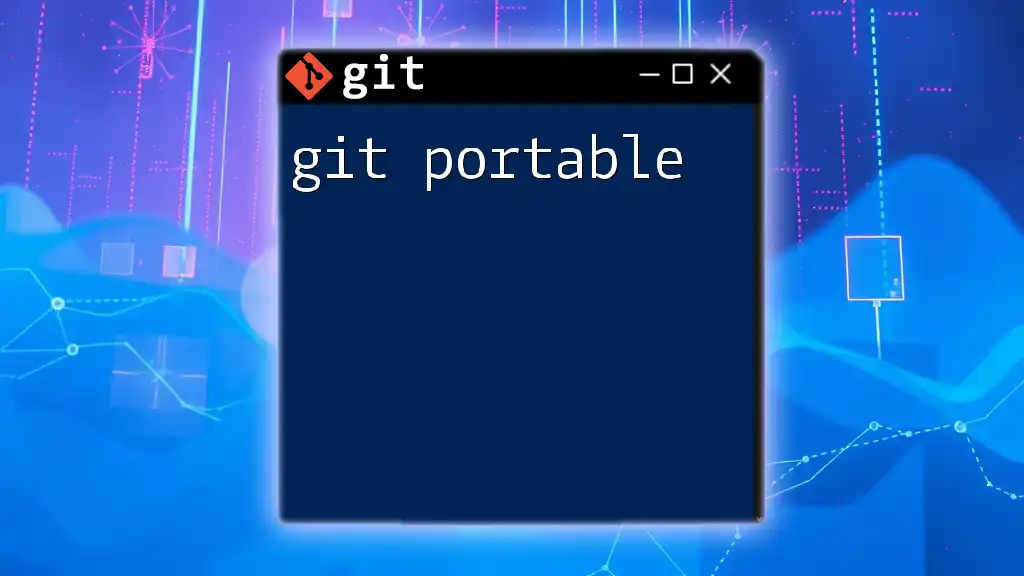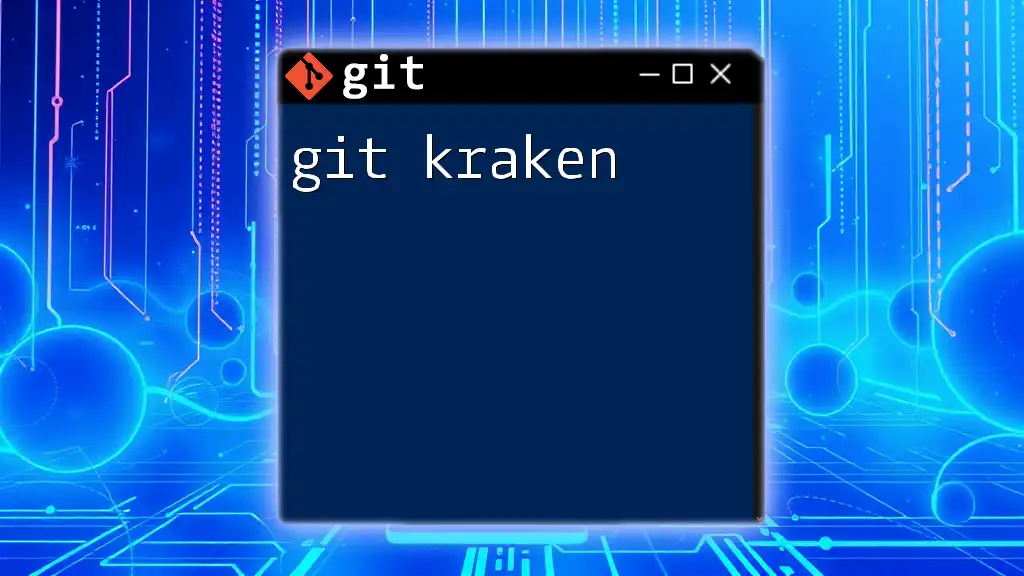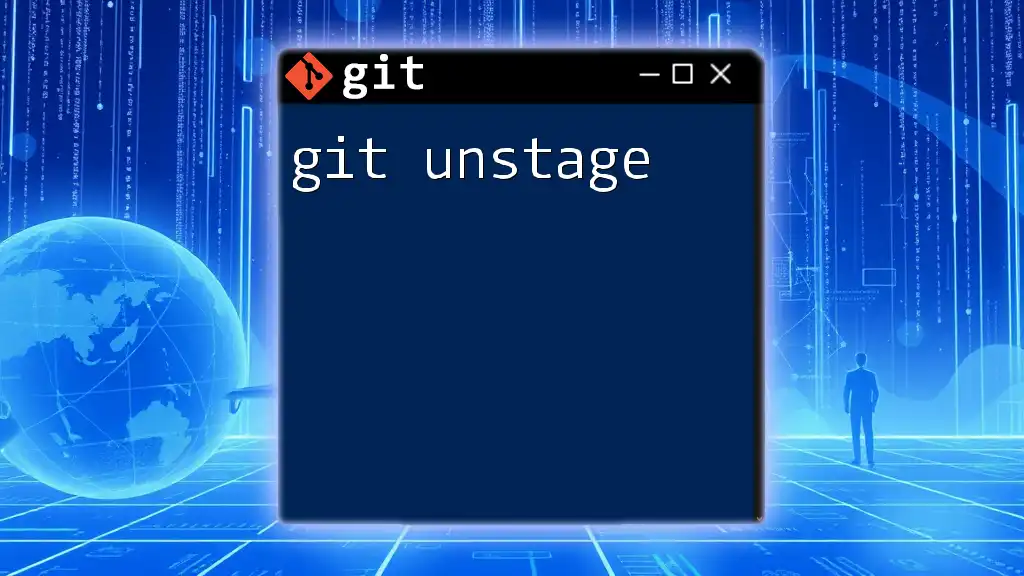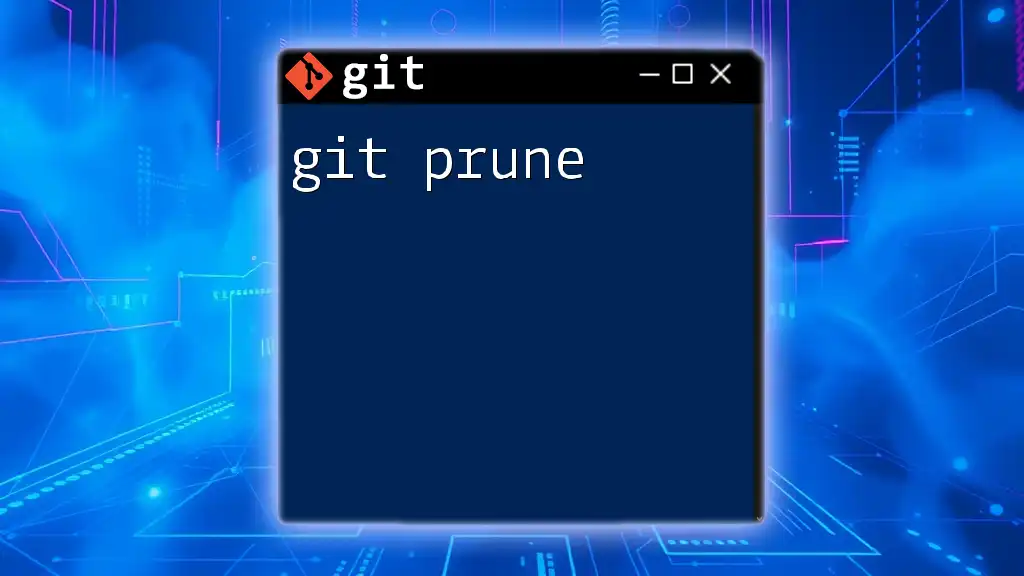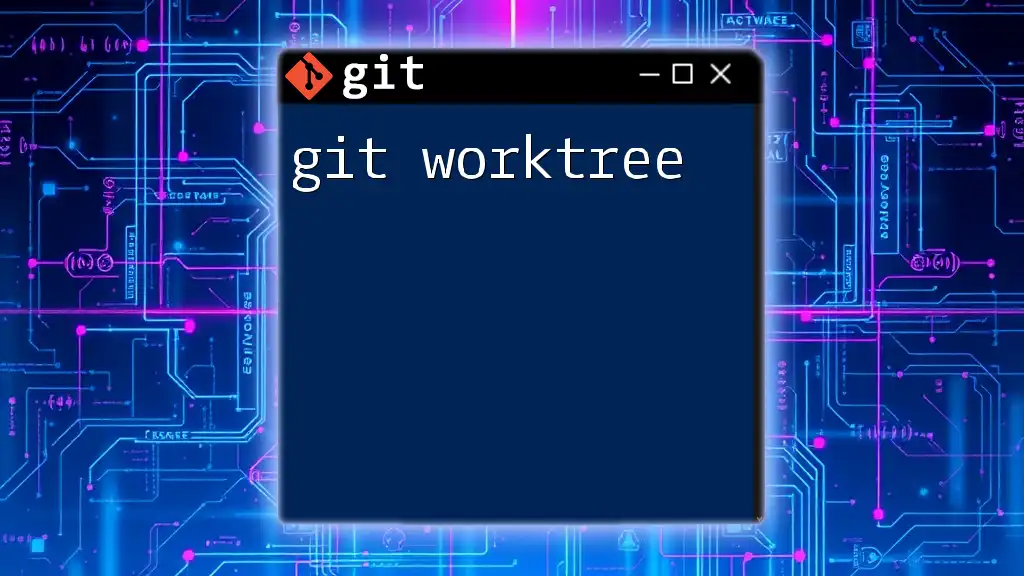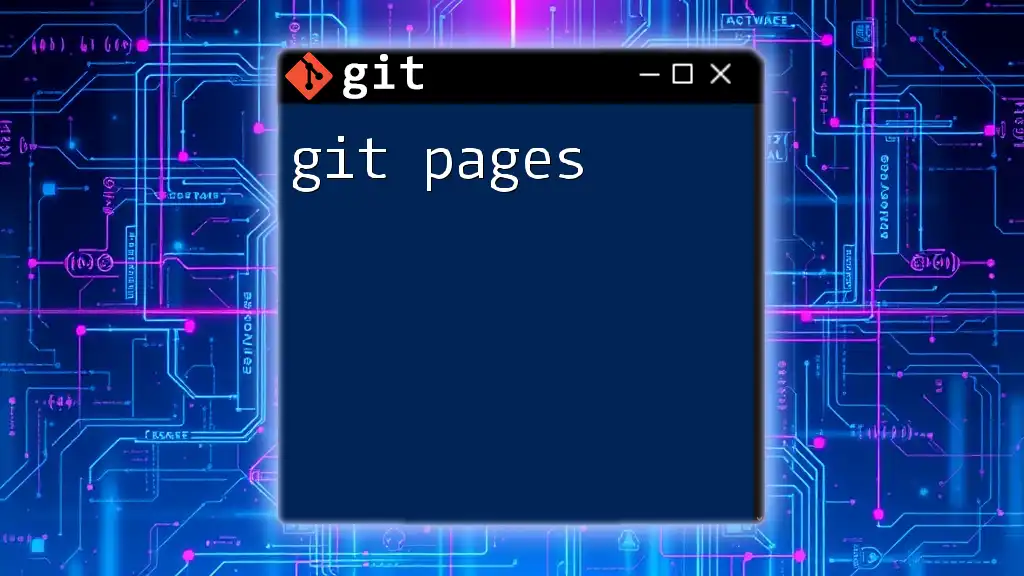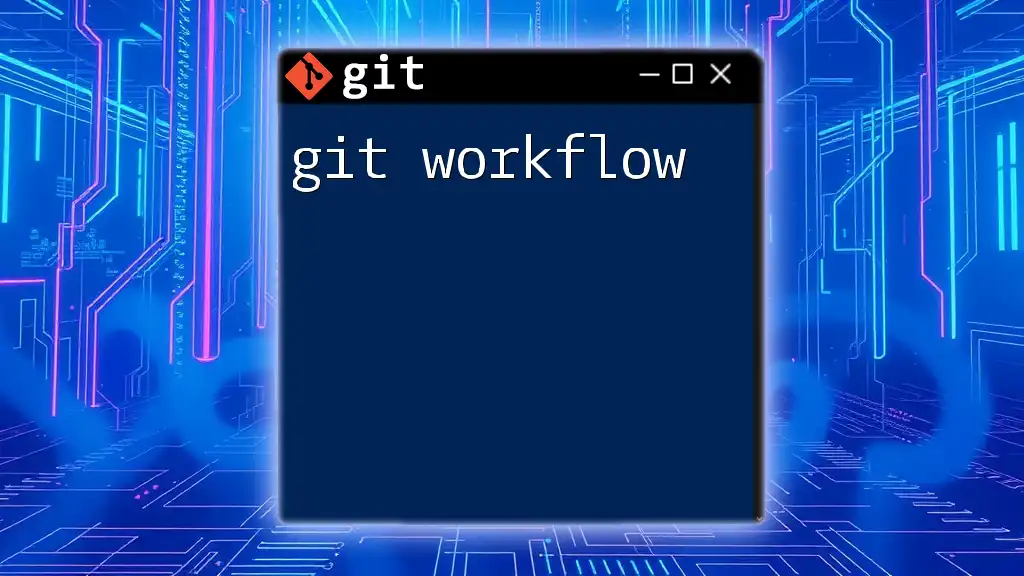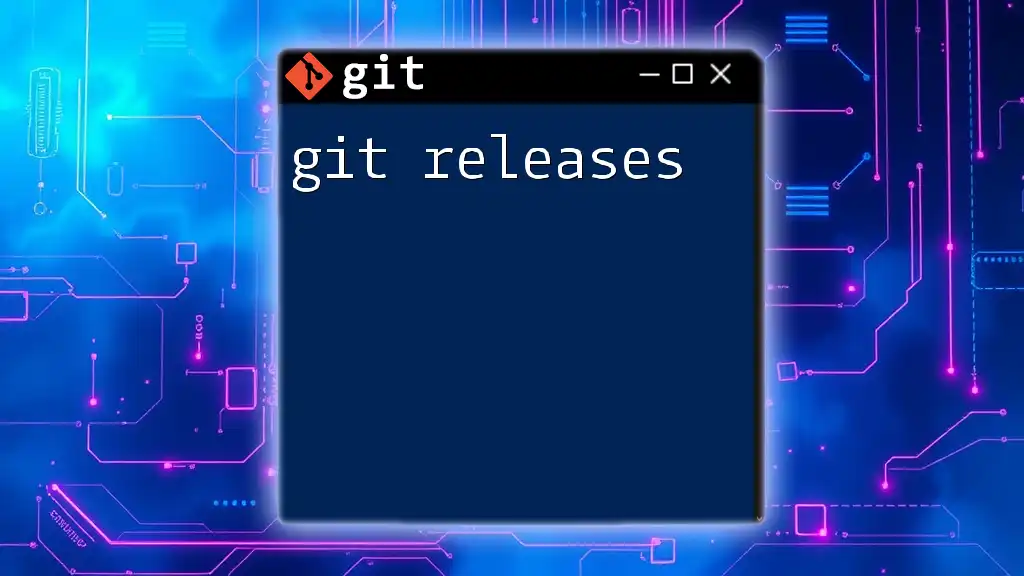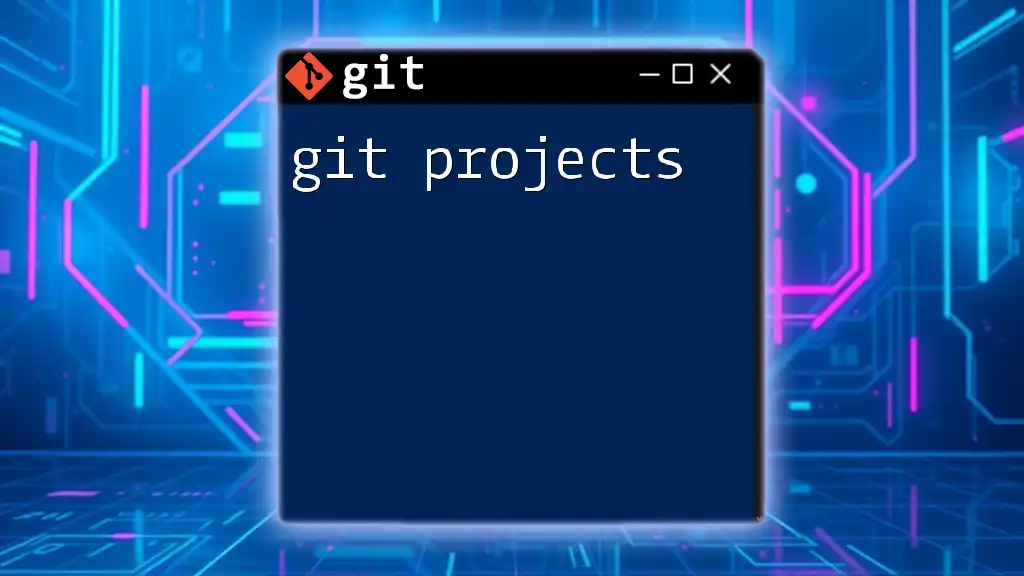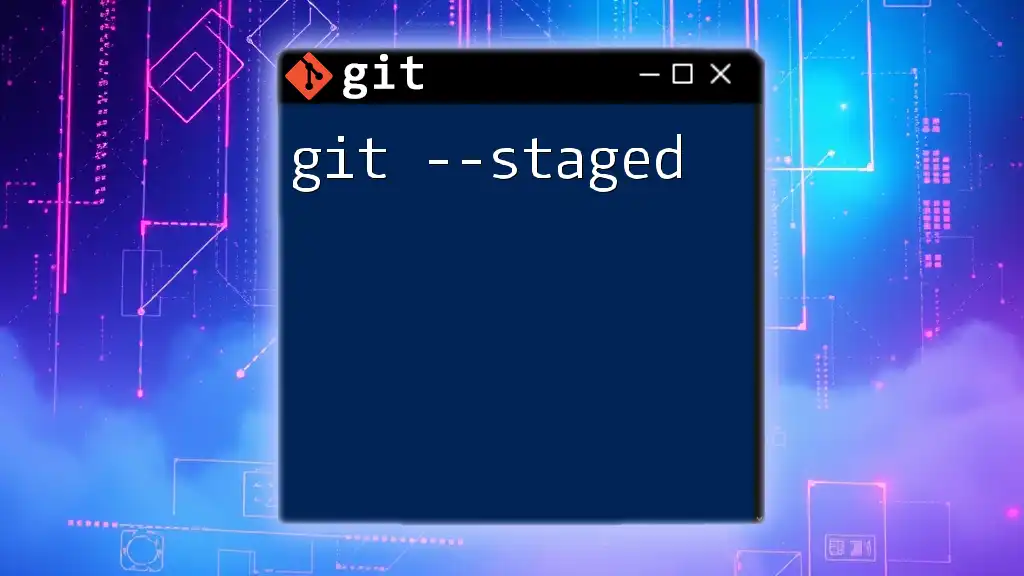"Git portable refers to the ability to run Git from a USB drive or any other portable device, allowing users to manage version control on different systems without needing to install Git."
git clone --bare /path/to/repo.git /path/to/usb_drive/repo.git
What is Git Portable?
Git Portable refers to a specially configured version of the Git version control system that can run from a USB drive, cloud storage, or any folder on your computer without requiring installation. This portable approach allows users to carry their Git environment with them, providing the flexibility to work on different machines without needing to install Git each time.
Benefits of using a portable version of Git
The primary advantages of Git Portable include:
-
Flexibility and Convenience: You can work on any machine with your personalized Git setup. Whether you're at home, in the office, or on the go, your Git repositories and settings are always accessible.
-
No Need for Installation: You can avoid compatibility issues that may arise from different versions of Git installed on various machines. Simply plug in your USB drive or access your cloud storage and start working.
-
Ability to Work in Restricted Environments: In some cases, workplace security policies may forbid the installation of software. With Git Portable, users can bypass these restrictions and use Git without needing administrative access to install it.
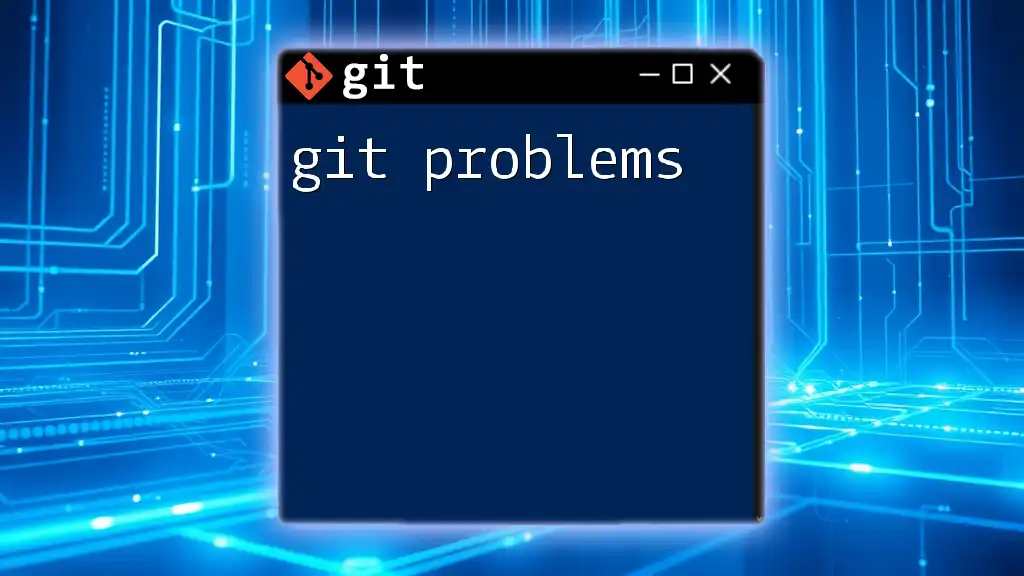
Setting Up Git Portable
Downloading Git Portable
To get started, you'll first need to download Git Portable. You can find it on the official Git website or through sources like Git for Windows, which often includes a portable version. Look for the section specifying portable distributions.
Extracting and Configuring Git Portable
After downloading, extract the files from the downloaded archive to your USB drive or desired folder.
Next, you'll want to configure Git Portable to suit your preferences:
-
Customize the `.gitconfig` file: Located in the root directory of your Git Portable installation, this file allows you to set your Git username, email, and other settings necessary for operation. Here’s an example configuration:
[user] name = Your Name email = youremail@example.com -
Set Environment Variables: It may be helpful to set up environment variables to ensure smooth operation. You can add your repository paths to your system's PATH variable, ensuring that the command line can locate your Git Portable executables.
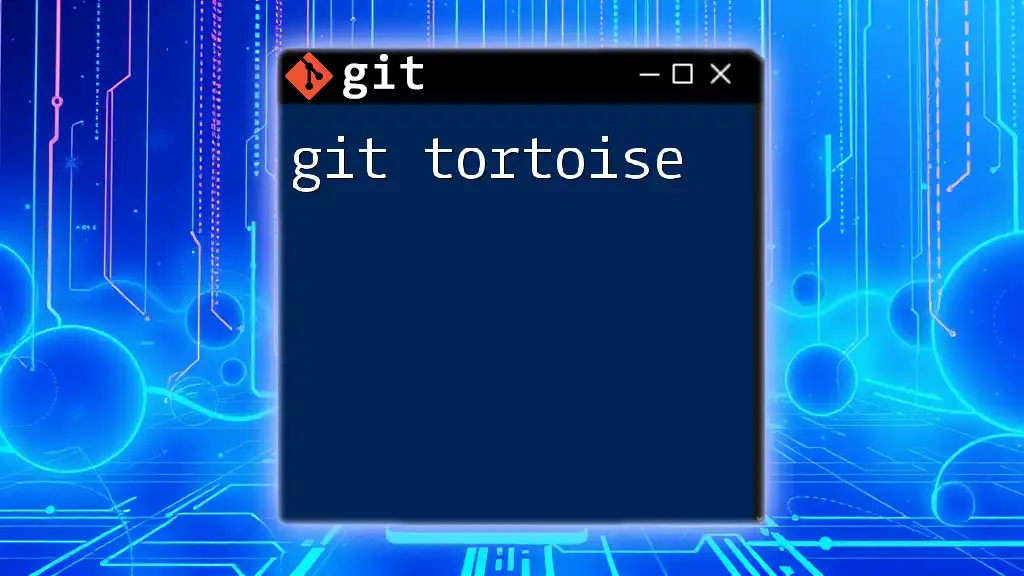
Using Git Portable
Basic Git Commands
Once you have Git Portable set up, you'll want to familiarize yourself with some of the core Git commands essential for version control.
Creating a new repository: To start a new Git repository, navigate to your working directory and run:
git init my-repo
Cloning an existing repository: Clone a repository to your local environment with:
git clone https://github.com/user/repo.git
Working with Local Repositories
To make changes and track your work effectively, you’ll need to know how to handle files within a Git repository.
-
Adding files: To stage files for committing, use:
git add filename.txt -
Committing changes: After staging your files, commit them with a message that describes the change:
git commit -m "Initial commit" -
Viewing status and logs: You can check the state of your repository and view commit history with these commands:
git status git log
Using Remote Repositories
To collaborate with others or back up your work, you’ll interact with remote repositories. Here are the key commands:
-
Setting up a remote: Connect your local repository to a remote one (e.g., GitHub) using:
git remote add origin https://github.com/user/repo.git -
Pushing changes: Share your commits to the remote repository using:
git push origin main -
Pulling changes: Retrieve updates from the remote repository:
git pull origin main

Advanced Features of Git Portable
Branching and Merging
Branching allows multiple lines of development in your project. It's an essential feature when adding new features or fixing bugs without affecting the main project.
-
Creating a new branch: To create and switch to a new branch, you can run:
git branch my-feature git checkout my-feature -
Merging branches: Once you've made changes and committed them, you can merge your feature branch into the main branch:
git checkout main git merge my-feature
Using Git with Other Tools
Integrating Git Portable with text editors or GUI client applications can enhance your workflow.
-
Editors: You can configure editors like Visual Studio Code or Atom to utilize your Git Portable setup by ensuring they point to the correct executable.
-
GUI Clients: Tools like SourceTree or GitKraken can also work seamlessly with Git Portable, allowing for a more visual representation of your repository's history and branching.
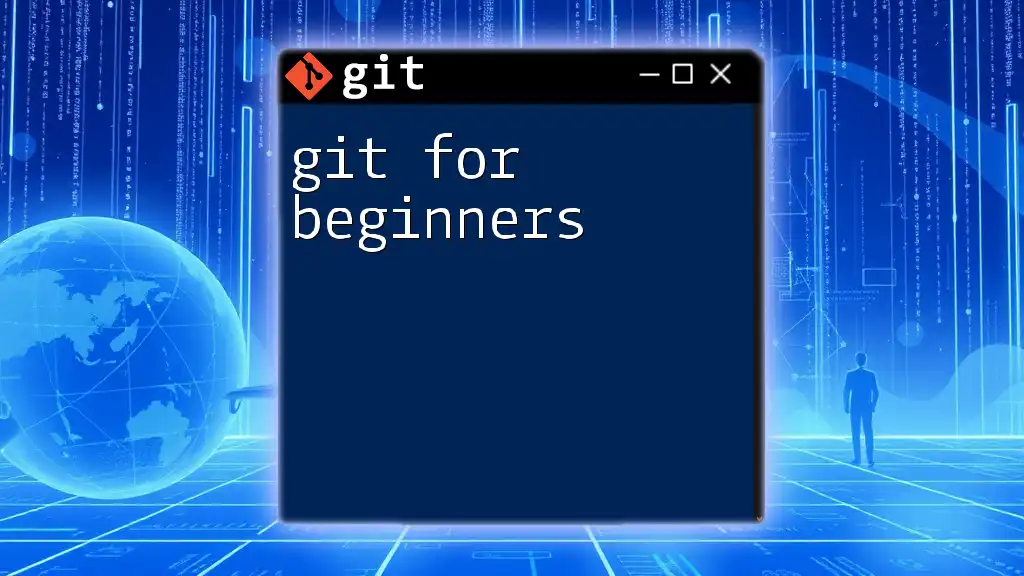
Troubleshooting Common Issues
Common Errors and Fixes
While using Git Portable, you may encounter certain errors. Here are solutions to some common problems:
-
“fatal: not a git repository” error: This typically means you’re trying to run a Git command outside of a Git repository. Make sure you’re in the correct directory.
-
Remote repository not found: Ensure that the remote URL you set up is correct. You can verify it using:
git remote -v
Best Practices for Using Git Portable
To maximize your efficiency with Git Portable, consider these best practices:
-
Regularly update your portable Git version to ensure you have the latest features and security patches.
-
Store your repositories either on a USB drive or in cloud storage to ensure easy access and prevent data loss.
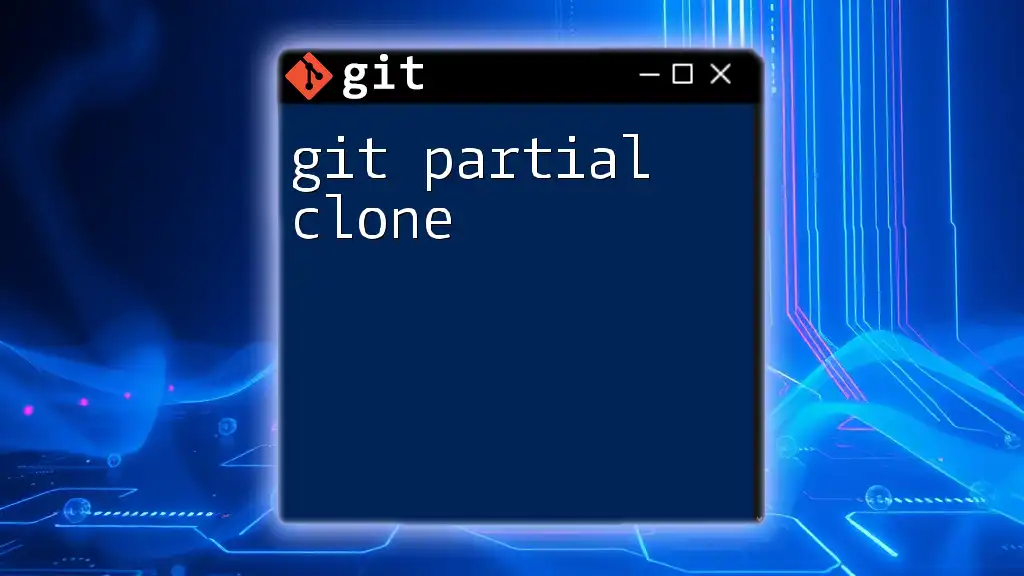
Conclusion
In summary, Git Portable is a flexible and convenient way to manage version control across different environments. By following the steps outlined above for setup, use, and troubleshooting, you can effectively harness the power of Git wherever you go. Embrace this portable solution to boost your productivity in version control and collaborative projects.
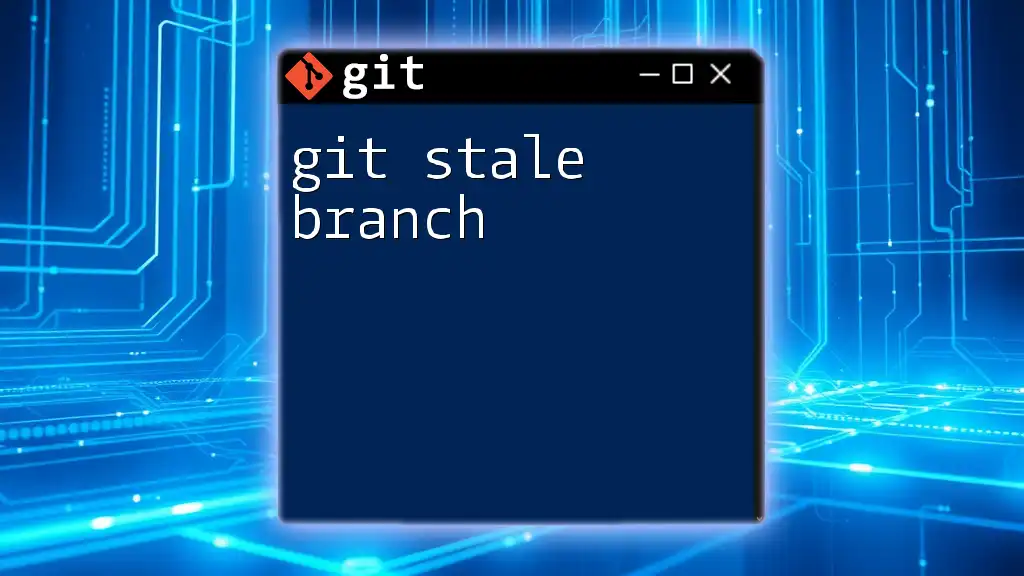
Additional Resources
To continue your journey with Git, check out:
- Official Git documentation for an in-depth understanding.
- Recommended tutorials and guides to further enhance your skills.
- Community forums for networking and support.
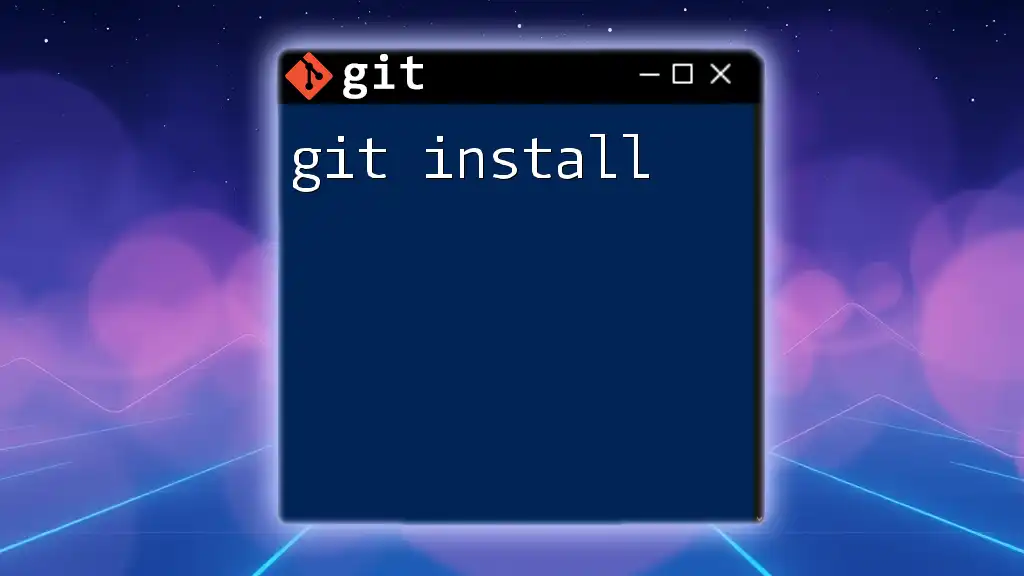
Call to Action
Ready to dive deeper? Sign up for our Git training courses and enhance your understanding of Git Portable! Share your thoughts or questions in the comments section—we’d love to hear from you!

